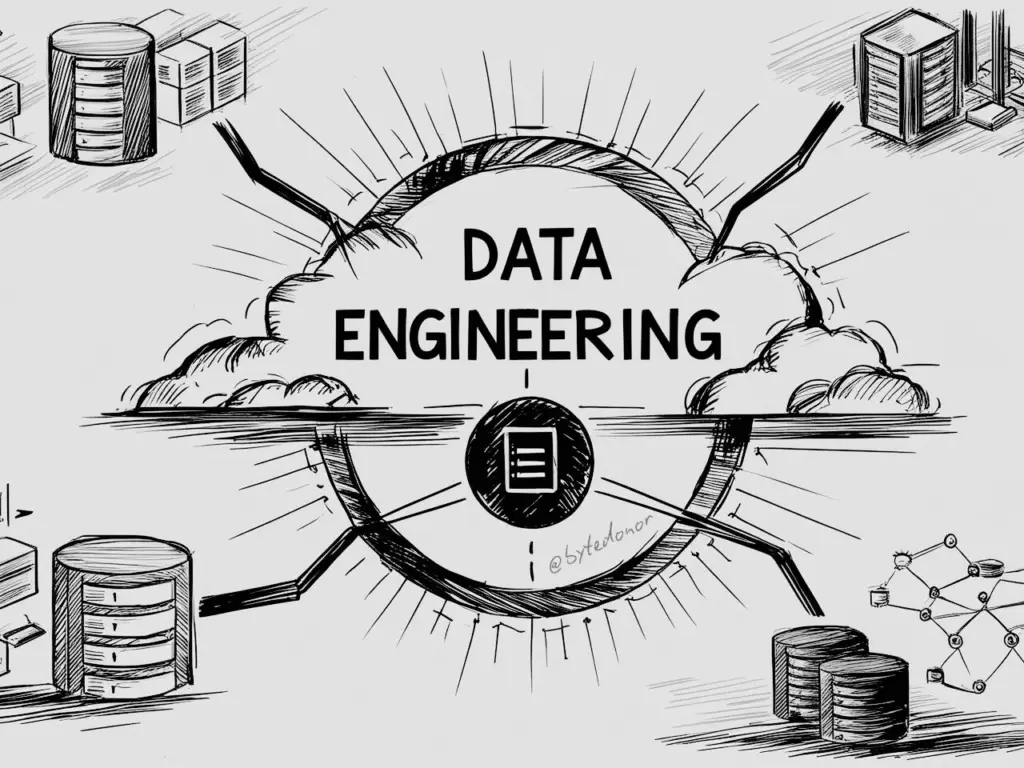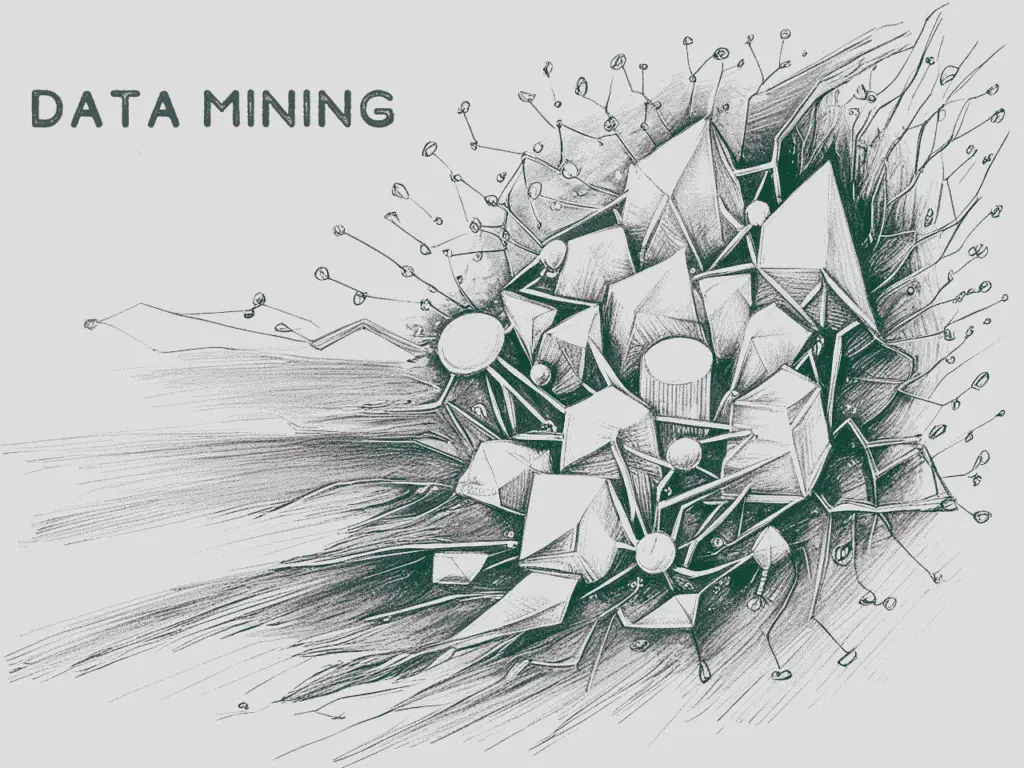A data warehouse, also termed an enterprise data warehouse (EDW), is a comprehensive system to store a large amount of data consolidated from multiple sources.Data warehouses exist in various forms that help and support business intelligence activities (BI), which are essential for data analysis.
Contents
Types of Data Warehouse
Each data warehouse is designed to meet organizational-specific needs and data handling approaches. Let’s explore the main types of data warehouses.

1) Enterprise Data Warehouse (EDW)
An Enterprise Data Warehouse(EDW), a significant type of data repository that helps consolidate data, tailored to analyze data from different areas of a company. Collaboratively, it integrates all important information from all business units necessary to provide a detailed and unified view of the organization.
Features of Enterprise Data Warehouse (EDW)
Scope and scale
The EDWs manage data generated from various business areas, including finance, sales, marketing, and operations.
Architecture
The structure of an EDW complies with a star/snowflake schema containing facts (measurable information, numeric) and dimensions (contextual and qualitative data).
Usage
An enterprise data warehouse facilitates solving complex queries, high-level analysis, and business insight within the company, making it essential to make strategic business-related decisions.
2) Operational Data Store (ODS)
Another form of data warehouse is ODS, a data layer that collects data from operational systems in a consolidated and integrated format for near and future real-time reporting, business analysis, and decision-making processes.
Features of Operational Data Store (ODS)
Scope
As discussed earlier, EDWs are used for strategic decision-making, while ODSs are used to deal with the organization’s operational activities and transactional processes.
Architecture
Generally, ODSs are not specialized in retaining data history; they assist in providing real-time data for fast reading and writing operations, and for loading data into the EDW.
Usage
This support system is helpful in short-term decision-making and comprises inventory control, which helps in controlling employee scheduling and customers’ orders.
3) Data Mart
A Data Mart is defined as a main element of a Data Warehouse system designed to hold data from a particular business division, department, or multiple user types. It is created to analyze the interests of a specific class of people to serve them in a better way.
Features of Data Mart
Scope
In contrast to a data mart with EDTA, they are less comprehensive and relevant to the organization’s specific functions, such as sales, marketing, and finance.
Architecture
Data marts can be based on the star schema or any other simplification of a star schema. They serve as an operations-based process or derived system (extracted from the operational system directly), or they can depend on data retrieved from the EDW.
Usage
Departmental reporting and analysis are supplied through the data mart, as the users of this type of data get real-time access to the data, which is helpful for their organizational tasks.
4) Big Data Warehouse
Big Data Warehouses serve as an advanced preparation system for data warehousing in addressing the gigantic flow and volumes of structured and unstructured data that are created with velocity.
Features of Big Data Warehouse
Variety and Velocity
They are useful in analyzing and retaining wide arrays of data collected from social media platforms, IoTs, IoT devices, and many other forms.
Architecture
Distributed computing software like Hadoop and Apache Spark, in technologies like HDFS, columnar storage, and NoSQL databases, provides advantages to large buckets.
Use Cases
They are used in multiple areas, such as finance, retail/wholesale, telecom, health care, and oil & gas.
Benefits of Data Warehouses

1) Helps enhance the decision-making process
A data warehouse helps an organization provide a single picture of its massive data records, thus enabling it to make important business decisions. Considerably, it plays a significant role in the data mining process.
2) Improves Data Accuracy and Uniformity
A data warehouse consolidates data from disparate sources into a standard unit, thus eliminating the chance of inconsistency.
3) Centralized Data Management
Data warehouses address the problems that arise while handling a large flow of isolated data from sources within an organization to make it possible for the departments to use unified data.
4) Enhances Data Security
Data warehouses provide controlled access, It’s a point of great consideration that data warehouses tend to be very secure and contain features such as access control mechanisms, encryption, and auditing that enhance data security.
Features of Data Warehouses

1) Focused and Subject-Oriented
It provides an in-depth view of certain business areas and gives accurate Information about the data being stored for further processing, related to important user topics, including customers, sales, and products.
2) Non-Volatile
It is a point of great satisfaction that the data being stored in a data warehouse is never changed or erased in the warehouse, so that history and trends can be checked reliably over time to optimize business analysis.
3) Time-Variant
All the past time stored pieces of information for several years are stored in a data warehouse, which enables an organization to have a grip on the analysis of trends and chronological changes.
What are the Advantages and Disadvantages of Data Warehousing
The Advantages of Data Warehouse
As a Data engineer, and having a vast experience of witnessing a world of technology, I’m flabbergasted by the transformational changes a data warehouses have brought in organizations and companies, it provides a unified platform that helps in consolidating data from diverse sources, not only crucial in data accessibility, also, ensures data consistency. During my career, while implementing data warehouses, I have observed how Data warehouses have revolutionized the whole process of data assessment, making it more efficient for organizations in data analysis and enabling them to take their business strategic initiatives
I have jotted down some of the advantages that drew my attention.
1) It Provides a Centralized Data Repository
A data warehouse helps integrate data from disparate sources into a single location, making the process of consolidation more efficient and streamlined.
2) Highly useful in Improving Data Quality and Consistency
The ELT (extract, load, transform) process offers significant benefits of standardization and data cleaning in improving overall data optimization, providing a company with a more profound business analysis to ensure quality work.
3) Provides easy access to Historical Data for Further Analysis
A data warehouse provides large data storage of historical data that can’t be changed or erased, and these records provide invaluable insights for trend analysis, forecasting, and making business decisions.
4) Provides a strong support system for Complex Queries and Analysis
An advanced data warehouse is ideal for solving complex analytical queries without affecting the performance of operational systems. A Data warehouse ensures optimization for reading, aggregating, and querying large data sets. Leveraging data warehouses in the era of AI empowers companies to gain deeper insights about their business strategies.
The Disadvantages of Data Warehouse
Here, I’m going to draw your attention to some disadvantages that should be considered while implementing a data warehouse because it is one of the trickier jobs in analytics, which requires good strategic planning, and by using the right tools, you can easily wrangle all your data.
1) Highly increased cost
Designing a data warehouse architecture for establishing a warehouse can be expensive. It includes costs for hardware, software, and the hiring of specialized personnel. The high cost associated with implementing and developing a data warehouse structure holds a significant consideration for many organizations. These costs involve initial setup and maintenance of the data warehouse, especially when handling complex data transformations. To supervise all the activities in the data warehouse, a company should hire a data warehouse specialist.
2) Complexity in maintenance and setting up
The design and implementation of: data warehouse architecture can be costly and time-consuming; its maintenance requires specialized skills and efforts. The Schema creation and Integration complexities can make it difficult to handle a data warehouse in an efficient manner.
3) Scalability issues
Scaling and handling a data warehouse can be challenging and increases cost as the volume of data increases, especially when, at the time of setup, it was not kept in mind to design with scalability, thus affecting an organisation’s overall performance.
4) Risk of data breaches
Concentrating large volumes of data in a centralized data warehouse repository aggravates the risk of data breaches; addressing this concern requires a specialized data warehouse analyst and robust security measures. Equipped with large volumes of sensitive and valuable information, these repositories often lead to data breaches, causing severe consequences, including high financial losses, legal penalties, and severe damage to an organization’s reputation.
Conclusion
In today’s fast-paced data-driven business environment, a data warehouse provides a fundamental foundation of substantial components for effective data management and data analysis. With its advanced technology, it works by consolidating data from various sources into a centralized repository, Data warehouses enable organizations to achieve improved decision-making, provide assistance to BI ( business analyst), enhanced reporting, and strategic insights.



